This month, the country of Mexico has experienced two major earthquakes. The first, on Friday, September 8, measured about 8.2 (on the Richter scale used to read the power of earthquakes). It was the most powerful one to hit Mexico in 100 years and almost 100 people died.
Then, just last Tuesday, September 19, a 7.1 quake hit about 120 kilometers (75 miles) from the capital, Mexico City. Despite being somewhat less powerful, this second quake caused about three times as many deaths, and was the deadliest to hit Mexico in over 30 years. Why?
Bad luck? Or bad planning?
Workers rescue people after the second quake caused major damage in Mexico City. (Getty Embed)
There are many reasons, of course. The first quake was deeper (70 km or 43 miles below ground) than the second (51 km or 32 miles). Though a deeper quake is felt over a wider area, the shaking isn't as intense as a shallow quake closer to the surface.
There is also the matter of where people were at the time of the quakes — the first one happened at night, while the second one was around 1pm. Perhaps people were in more vulnerable places during the day than at night?
And, of course, second quake was simply much closer to Mexico City, one of the world's biggest cities and home to 8.8 million people. More people, more risk. But many scientists say that the capital city's trouble with quakes isn't just about its higher population. It's about where (especially on what) it's built.
Lake leftovers
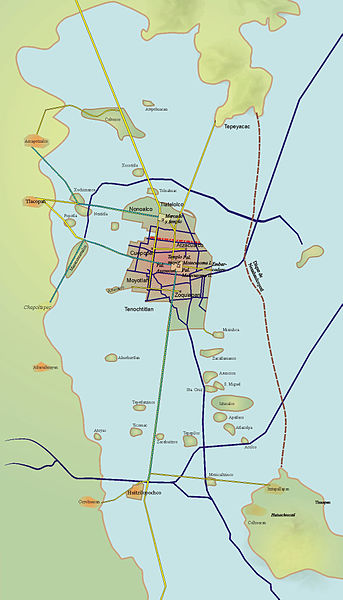
A diagram of Tenochtitlan, the Aztec capital, and Lake Texcoco. (Wikimedia Commons)
Mexico City sits on an ancient lake bed. It's not even all that ancient, really.
500 years ago, this land was still occupied by the Aztecs, an ethnic group that ruled the area from the 1300s to the early 1500s. The Aztec capital, Tenochtitlan, was were Mexico City is today. Except it was on an island in the middle of Lake Texcoco.
After the Spanish conquered the Aztecs in 1521, they quickly began to rebuild Tenochtitlan with their own buildings and style. They also wanted to make the city larger. Over the next few centuries, they slowly drained the lake, until it was gone completely. As the lake disappeared, the city grew and grew.
On a bowl of jelly
Mexico City from overhead. (Getty Embed)
While this new land was dry, it wasn't as solid as much of the land in the rest of the country. Any lake bed, or bottom, usually isn't hard rock. It tends to be made of layers of sand and clay, carried there by the water and dropped on the bottom as sediment.
This means that most of Mexico City today is built on soft sand and clay, not rock. The way this ground reacts to a quake is unique...and deadly. The tremors of the quake immediately slow down when they hit the sand and clay. Instead of traveling quickly across the city (as they would with most rock) they linger and get stronger.
As Stephen Hicks of the University of Southampton described it to the Guardian, an earthquake hitting Mexico City is "like shaking a bowl of jelly." According to a report in the New York Times, a quake in Mexico City can be up to hundred times more stronger than it would be elsewhere.
And it's all because of the fact that it was built on an old drained lake.
Safer, but still vulnerable
(Getty Embed)
Mexicans understand that they live in an area that is vulnerable to earthquakes.
As we discussed at the end of this story, the country of Mexico is found where several tectonic plates meet. The leads to dozens of quakes every year, though few of them are strong enough to feel. And on the very day of the second September quake, Mexico City was literally holding memorials to a quake in 1985 that killed over 10,000 people.
The 1985 quake led to led to changes to the country's building codes. This made the buildings stronger and safer during a quake. In fact, many experts believe that last Tuesday's quake would've been far worse if those changes hadn't been made.
But as long as Mexico City is where it is, on a lake bed in an earthquake hot spot, the city will always face challenges to its safety during tremors.
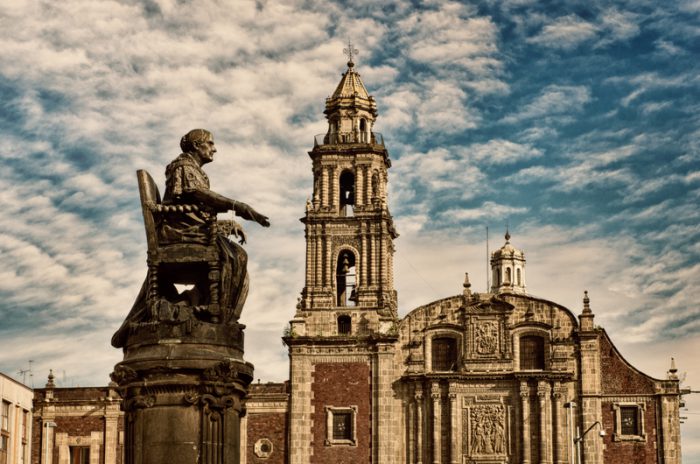 Mexico City is historic, beautiful, and one of the world's largest cities. It's also sitting on an shifting mix of sand and clay. (© Byelikova | Dreamstime)
Mexico City is historic, beautiful, and one of the world's largest cities. It's also sitting on an shifting mix of sand and clay. (© Byelikova | Dreamstime)



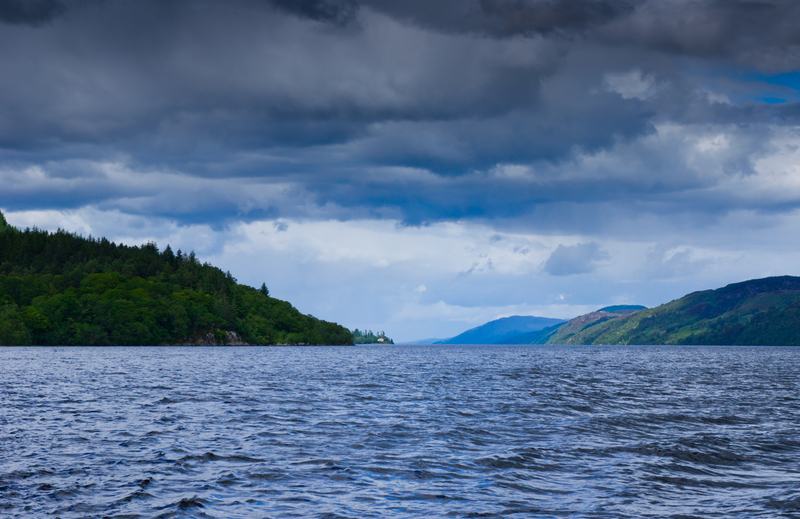




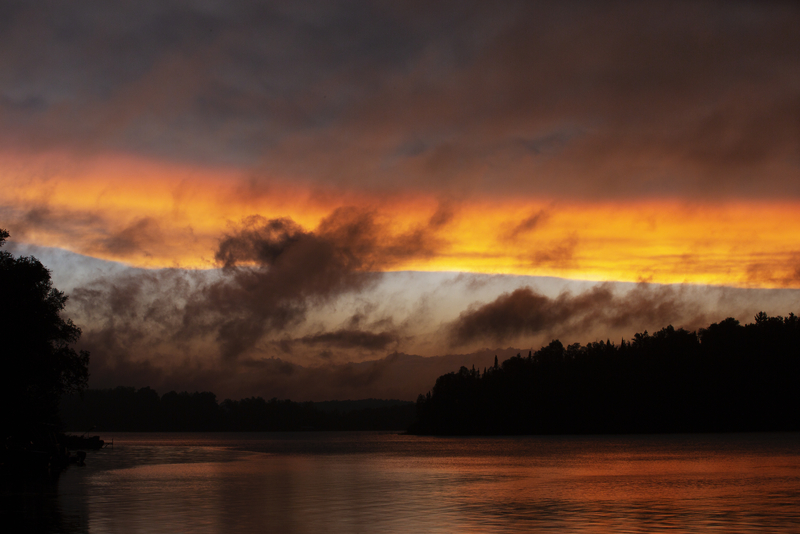
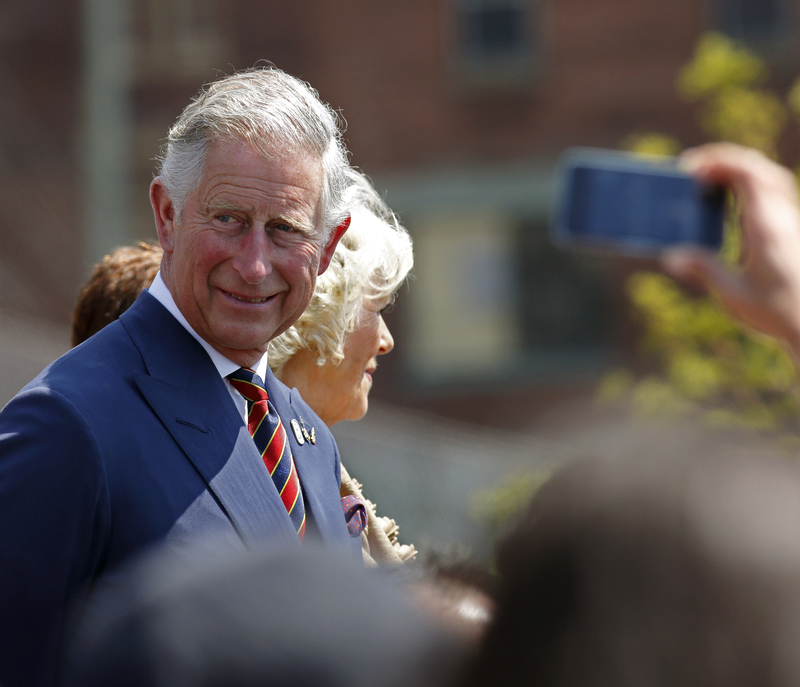
🙄
🙂 😉 😀 🙁 😛 😮 😡 😐 😕 😎 😯 😥 🙄 💡 ❗ ❓ 😳 😳 ❓ ❗ 💡 🙄 😆 😥 😯 😎 😕 😐 😡 😮 😛 🙁 😀 😉 🙂